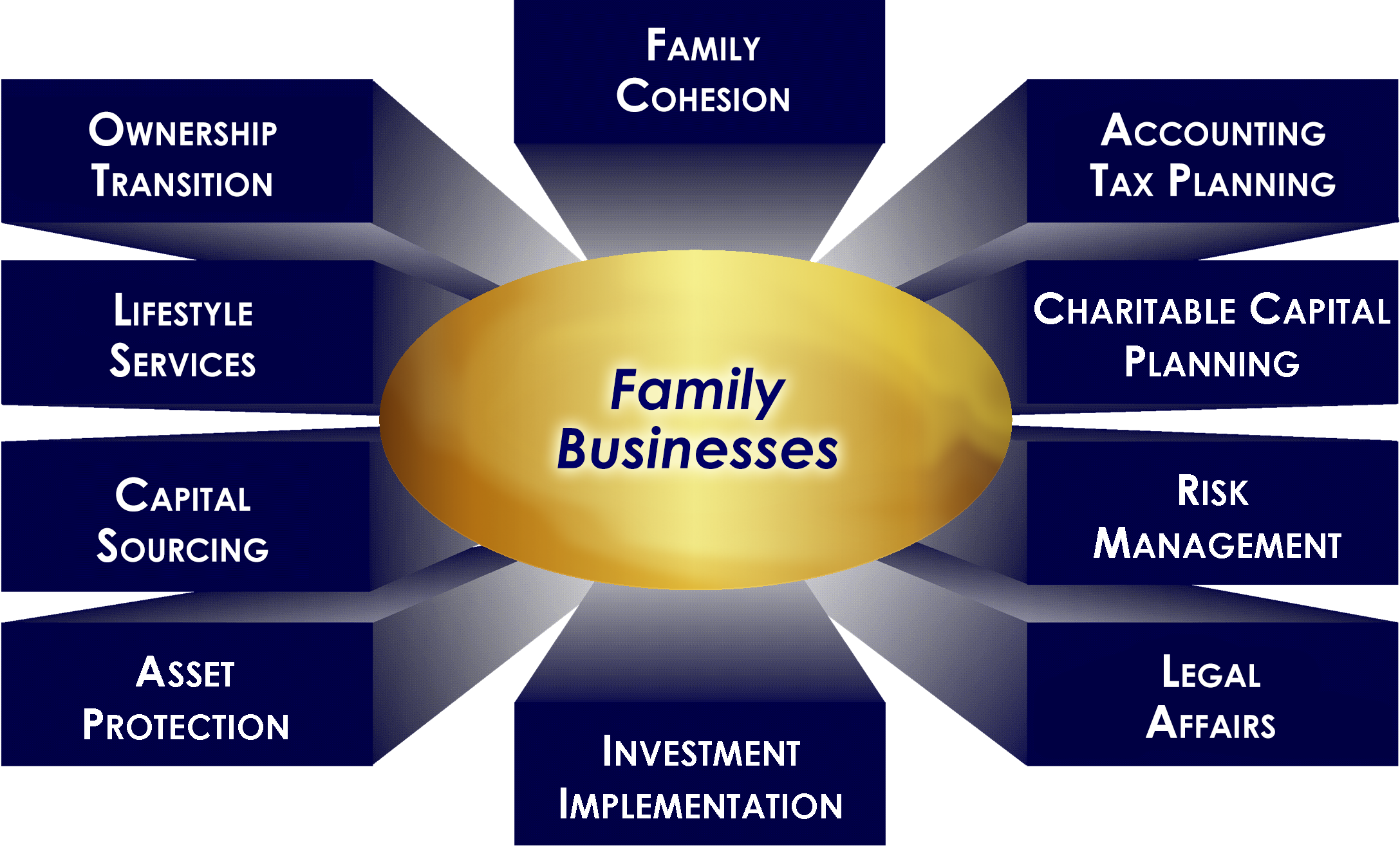Avoiding the Tax Surprise on Capital Gains
The tax drag on equities has historically been a cyclical phenomenon. Evidence suggests that we continue to find ourselves in the throes of a particularly harsh cycle. That’s due to the fact that the maximum long-term capital gains rate increased for high-income taxpayers only a few years ago.
In the U.S., a mutual fund is required annually to distribute substantially all of its net investment income in the form of dividends and net realized capital gains. Distributions are then subject to tax when paid to shareholders and are included in a shareholder’s income tax return. Taxable investors pay taxes on these distributions, regardless of whether they receive or reinvest them.
Over the past few years, the percentage of mutual funds with capital gains distributions has climbed markedly. According to Morningstar, 66% of all equity mutual funds paid capital gains in 2015, more than doubling since 2011. To us, this is not a surprise; many stock funds are run with little or no regard for investors’ tax liability. Due to the evolution and growth of tax-deferred accounts, such as 401(k)s and IRAs, many investment managers focus less on managing their equity mutual funds with taxes in mind. These qualified accounts have altered their behaviors to include shortened holding periods, increased trading frequency and, ultimately, more potential capital gains distributions.
And now, many investors are sitting on significant embedded capital gains. After the downturn of late 2008 and early 2009, investors had little reason to worry about capital gains on Tax Day. Offsetting taxes simply has not been a high priority for investors who have had losses embedded in their portfolios since the financial crisis in 2008.
More than seven years into the bull market in equities, these losses have largely been exhausted. With the equity market reaching new records, capital gains are piling up for many mutual funds. These distributions can generate unexpected tax bills for investors. As the chart below shows, capital gains distributions from stocks and equity funds likely rose in 2015.
Bottom line: In this challenging environment, it is critical that investors understand the potential impact of capital gains and taxes on their portfolios. Appropriate strategies to help mitigate the tax drag should be explored. By pursuing a sound, tax-aware investment approach, investors may be able to optimize the likelihood of reaching their long-term goals. Investors should consult their financial and tax advisors for more information.
Knowledge Center
- 1031 Real Estate Exchanges: A Quick Primer
- 15 Most Overlooked Tax Deductions
- A Hideaway Where Billionaires Come to Play (and Save on Taxes)
- Avoiding the Tax Surprise on Capital Gains
- GRAT Valuation Discounts Disappearing Soon
- Proposed Valuation Discount Rules Would Hit Wealthy Clients Hard
- The No-Taxes Retirement Plan Distribution Strategy
- To defer or not to defer?
